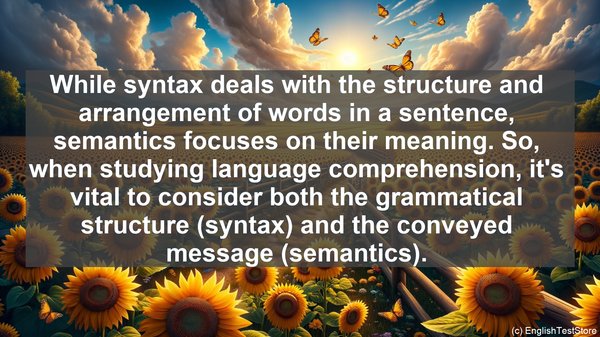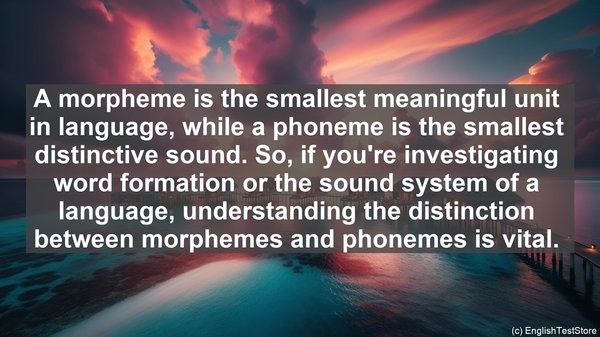Introduction: The Importance of Word Choice
As budding psycholinguists, you’ll soon realize that the words we choose can have a profound impact on our research and findings. In this lesson, we’ll explore the top 10 commonly confused words in psycholinguistics, ensuring you have a solid grasp on their meanings and applications.
1. Syntax vs. Semantics
While syntax deals with the structure and arrangement of words in a sentence, semantics focuses on their meaning. So, when studying language comprehension, it’s vital to consider both the grammatical structure (syntax) and the conveyed message (semantics).
2. Phonetics vs. Phonology
Phonetics concerns the physical sounds of speech, while phonology delves into the abstract sound patterns and rules within a language. So, if you’re analyzing the specific sounds produced (phonetics), or the underlying sound system (phonology), these terms will come up frequently.
3. Lexicon vs. Syntax
The lexicon refers to a person’s mental dictionary of words, while syntax deals with how those words are combined to form meaningful sentences. So, when examining language production or comprehension, you’ll often encounter discussions on both the individual words (lexicon) and their arrangement (syntax).
4. Pragmatics vs. Semantics
While semantics focuses on the literal meaning of words, pragmatics considers the context, speaker’s intention, and the implied meaning. So, if you’re interested in the nuances of language use and interpretation, understanding both pragmatics and semantics is crucial.
5. Competence vs. Performance
Competence refers to a person’s underlying knowledge of a language’s rules, while performance is the actual application of that knowledge. So, if you’re investigating language errors or variations, distinguishing between competence and performance is essential.
6. Broca’s Area vs. Wernicke’s Area
Broca’s area, located in the frontal lobe, is associated with language production, while Wernicke’s area, in the temporal lobe, is linked to language comprehension. So, when studying language processing in the brain, these two regions are of utmost importance.
7. Bottom-Up vs. Top-Down Processing
Bottom-up processing involves analyzing individual elements and building up to a complete understanding, while top-down processing relies on prior knowledge and context to interpret information. Both these processing strategies play a role in language comprehension and production.

8. Homonyms vs. Homophones
Homonyms are words that sound alike but have different meanings (e.g., ‘bank’ as in a financial institution, or the edge of a river). Homophones, on the other hand, sound the same but may be spelled differently (e.g., ‘there,’ ‘their,’ and ‘they’re’). So, whether you’re exploring language ambiguity or spelling patterns, these terms will frequently arise.
9. Morpheme vs. Phoneme
A morpheme is the smallest meaningful unit in language, while a phoneme is the smallest distinctive sound. So, if you’re investigating word formation or the sound system of a language, understanding the distinction between morphemes and phonemes is vital.

10. Ambiguity vs. Vagueness
Ambiguity refers to a word or phrase having multiple possible meanings, while vagueness implies a lack of clarity or precision. Both these concepts are relevant when examining language use, as they can impact communication and interpretation.
